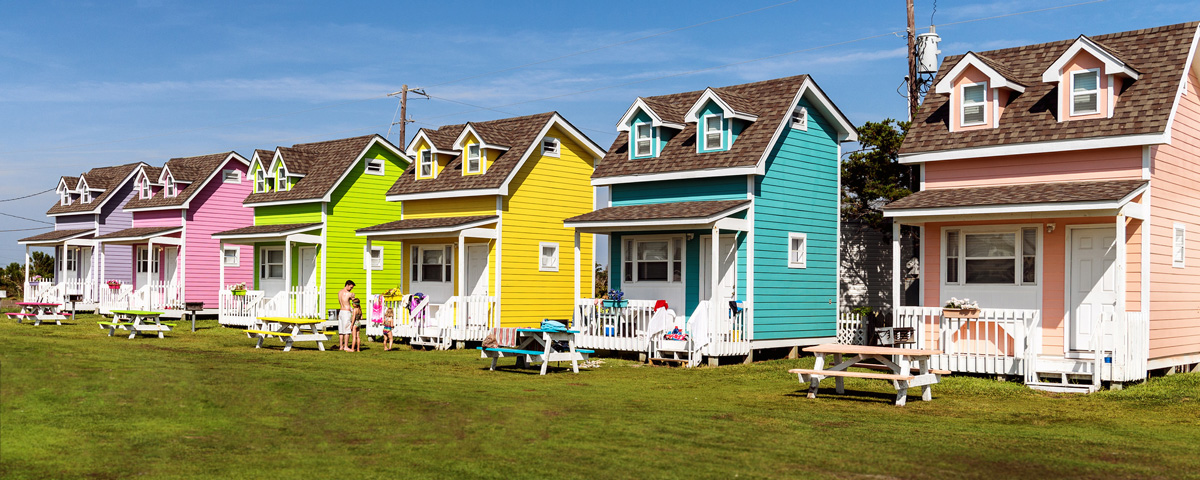Tiny Homes for the Homeless, and not so Homeless
This page is In development
Can tiny homes be part of the solution to homelessness? Are they a conduit back to descent living for the homeless. This movement may have the potential for preventing homelessness. Affordable housing would likely reduce homelessness significantly. Not only is tiny homes applicable to low income situations, it is an alternative lifestyle for many. There a lot of people who want to reduce there ecological footprint, and at the same time not be beholden to a large financial obligation.
There is a lot about tiny homes that is not clear yet. Will government over regulate? Will the regulations imposed on tiny houses make them a lot less affordable with permit and fee costs? How restricted will their placement be? Will there be a backlash from home owners who don’t want them in their backyard? There are a lot of questions with few answers at this time. It is however an active discussion in various government agencies, particularly at the local level.
The cost vary widely for building these neighborhoods. What doe not change much is when government agencies decide to build a tiny home assemblage the cost skyrockets. Dallas Texas is building 50 units at an approximate cost of $140,000. per unit. That amount of money can buy a full size home in many parts of the country. Cost is naturally dependent on whether the units are connected to utilities. Connecting to utilities, water, and sewage can be expensive. There are fully self contained units with composting toilet,solar power, and typical RV style water tanks.
Many municipalities classify tiny homes on wheels as RV and apply the same restrictions to them. If they are on a foundation they fall frequently into the same classification as “granny units”. Due to the housing crisis and the overwhelming tide of homelessness these agencies are having to rethink how to regulate their usage. Things are still in its infancy and bureaucracies are just starting to explore their usage.



